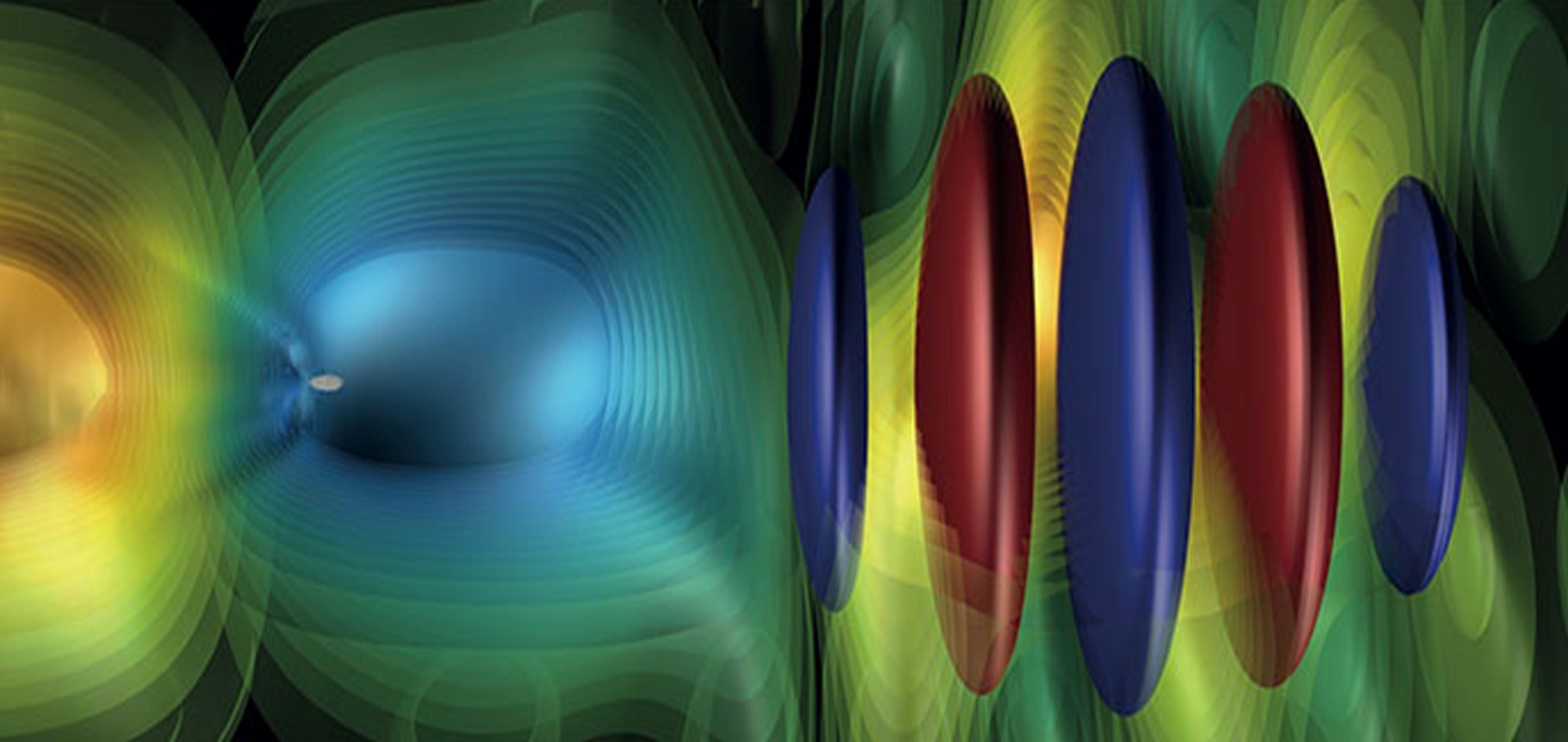‘GAME-CHANGING’, POWERFUL PLASMA ACCELERATOR NOW CLOSER TO BECOMING A REALITY
28 February 2020
The conclusion of a major international design study brings a plasma accelerator closer to becoming a reality, having potentially revolutionary implications for scientific research and medical practices.
Generating beams of charged particles that travel at phenomenal speeds, and up to 1,000 times more powerful than radio frequency, laser-driven plasma accelerators offer an innovative new path to more cost-effective accelerators which can be used in everyday practice in cancer therapy, cargo inspection and food sterilization.
The EuPRAXIA project – which involves a consortium of 16 laboratories and universities from across Europe, including Queen’s – produced a conceptual design report for a powerful, small-footprint accelerator.
The new design by EuPRAXIA will use lasers or electron beams to propel electrons forward on a wave of plasma. The result will be a much smaller, affordable accelerator that uses accelerating gradients up to 1,000 times higher than what can be achieved with Radio Frequency technology.
It is a significant step towards creating an ultra-compact, powerful particle accelerators which could be highly accessible, more affordable and used for medicine, science, and industry.
Queen’s is currently leading the project. Dr Gianluca Sarri, Leader of Applications in the EuPRAXIA consortium, said: “For the first time, we will produce a compact accelerator that will eventually fit in any hospital or industrial area.
“Leading the applicative aspects of this project is a hard but a thrilling job since we can have a direct and significant impact on a number of societal and industrial pressing challenges.”
Professor Carsten P Welsch, EuPRAXIA’s Communication Lead and Head of Physics at The University of Liverpool, continued: “EuPRAXIA is a game-changer with the potential to offer accelerators for everyone, everywhere.
“It can make existing applications more accessible and affordable so that future accelerators could be installed in university campuses, hospitals, and factories and offer the opportunity for new applications that we can currently only dream about.”
The EuPRAXIA design is the work of leading scientists from labs and universities from five European countries, with a further 25 partners globally. It has been coordinated by DESY and funded by the EU’s Horizon 2020 programme.
More information about EuPRAXIA and the Conceptual Design Report can be found on the project website: http://www.eupraxia-project.eu
For media enquiries please contact Queen’s Communications Office on tel: +44 (0)28 9097 3091.
Back to Main News
Top of Page